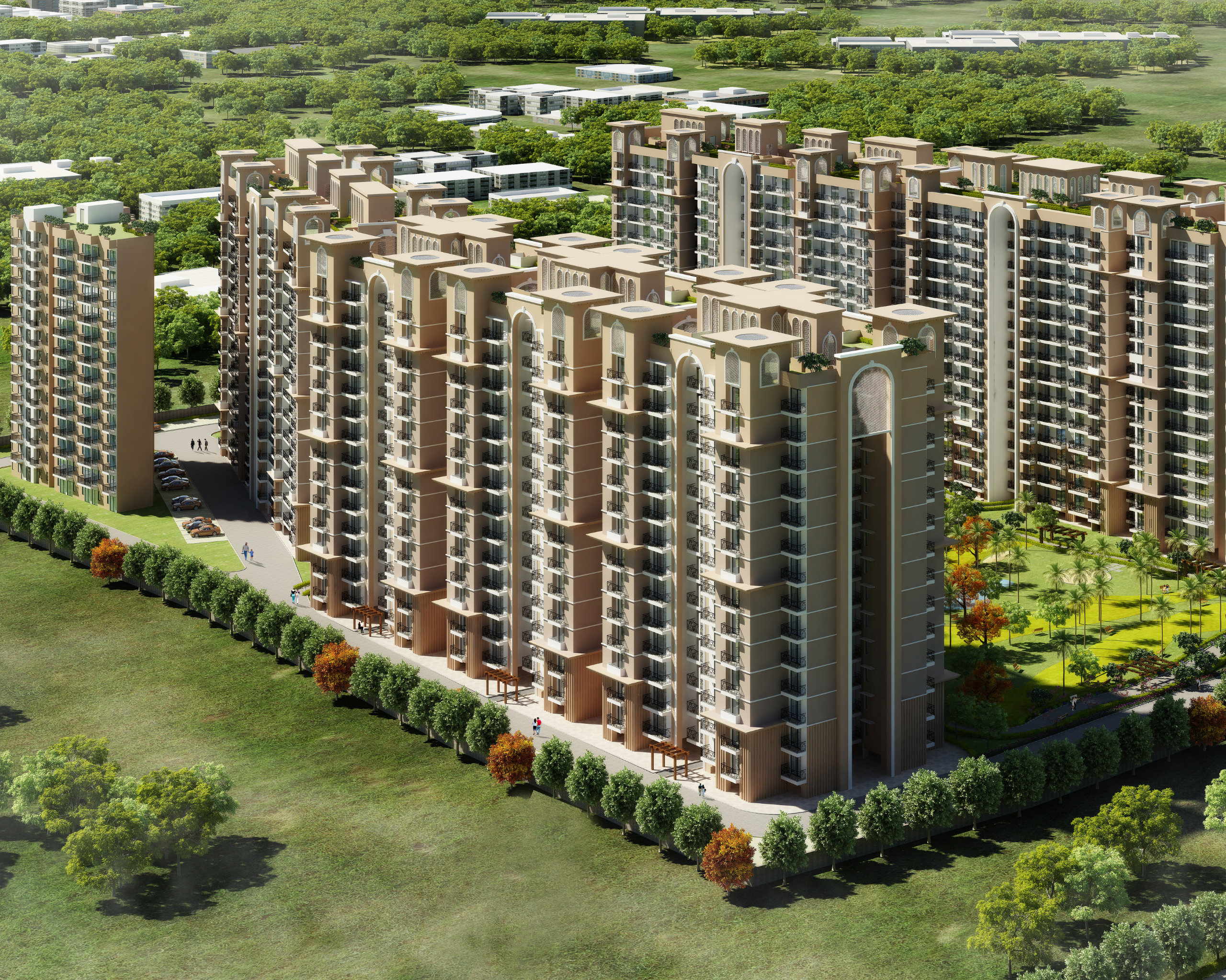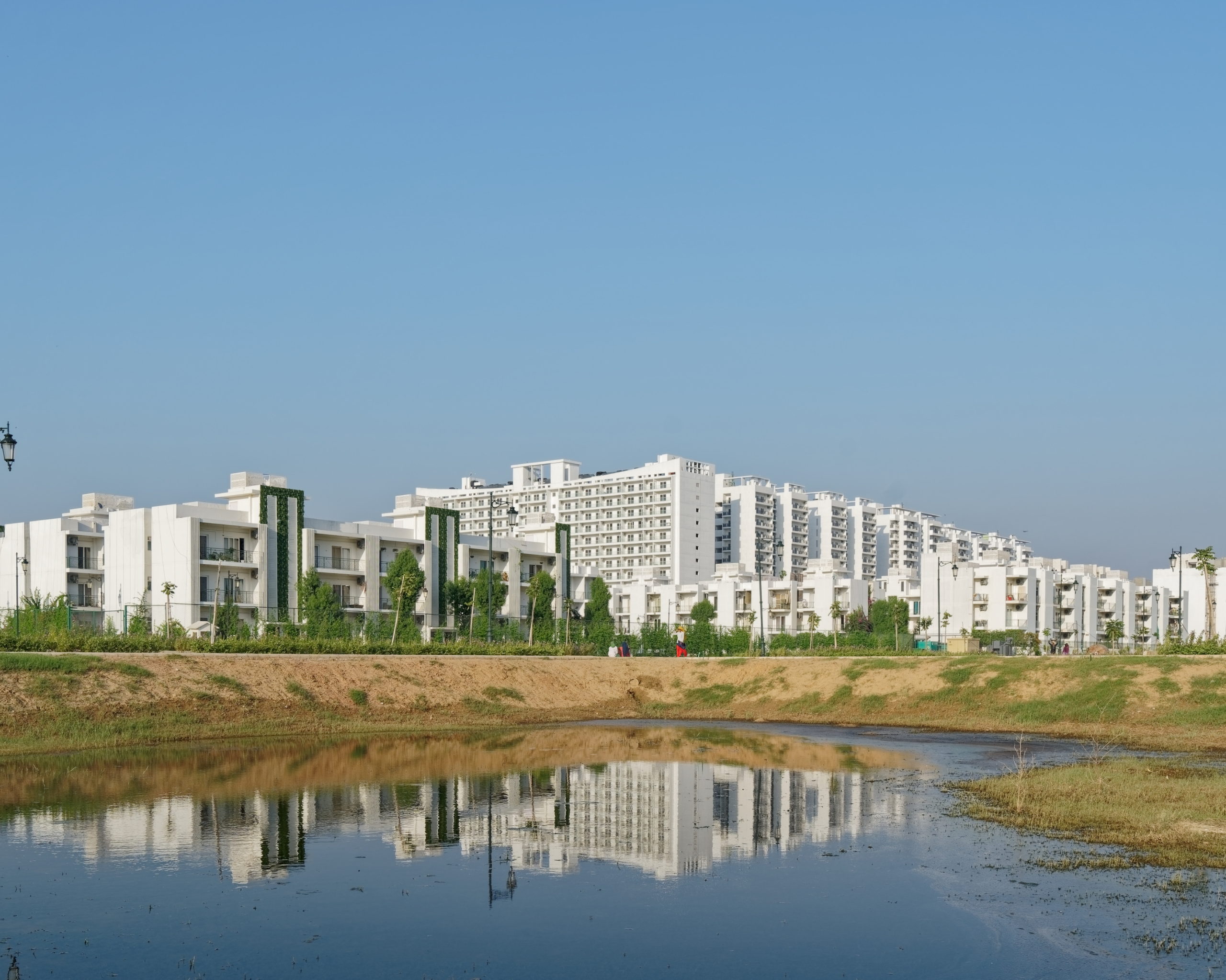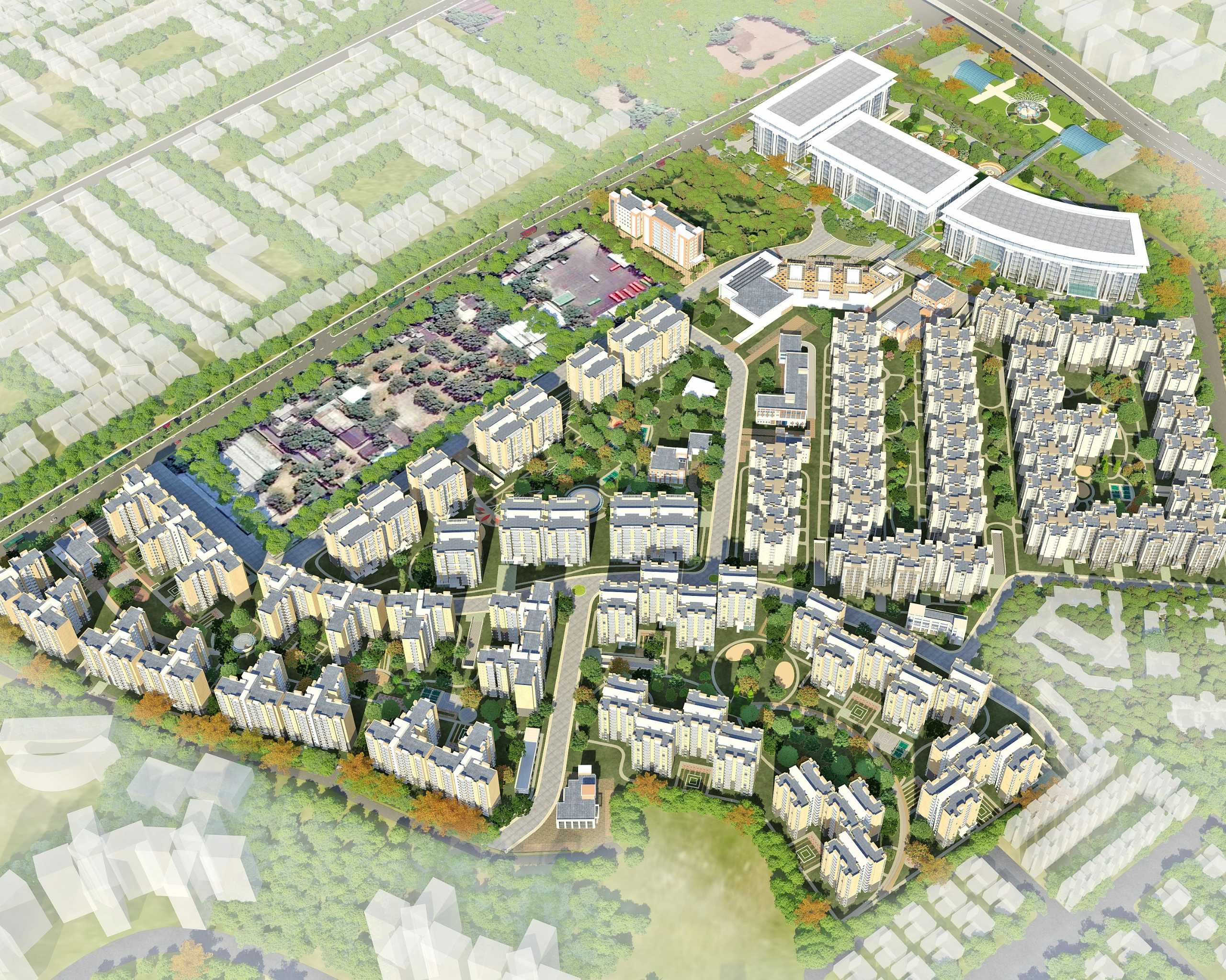New-Age Infrastructure: How Urban Public Transport can be a Game-Changer

The Post-Covid19 world has witnessed a paradigm shift in every industry worldwide. The suburbanised expansion of cities, resulting from a change in infrastructure development, demands innovative, inclusive, and sustainable infrastructure models. With urbanisation being inevitable, we need to plan development models that synergise with augmented infrastructure in the city.
Currently, urban infrastructure, especially transport hubs, are treated as isolated envelopes of development and do not converge to form a larger picture. Instead, new-age transit nodes should be looked at as channels of economic revitalisation and social upliftment as they generate more employment opportunities and unlock the real estate opportunities of otherwise under-utilised land parcels.
Transportation hubs are one of the approaches which catalyse the growth of thriving cities, so it’s no wonder that a good deal of infrastructure focus is dedicated to developing railways and rapid mass transit systems. A systematic approach that responds to a phased-out model is required to gain public trust in mass transit systems. Adhering to the social distancing protocols, we need to ideate well-distributed hours to limit contact and focus on non-motorized transport in the initial phases.
Under the endeavour of the Indian Railways and RLDA, we undertook the redevelopment and design of several railway Stations, including Ludhiana, Visakhapatnam, Bhubaneswar, Muzaffarpur, Yeshwantpur (Bengaluru) and Jodhpur. Apart from fulfilling functional requirements, these new projects are designed to accommodate all safety protocols to enable a seamless and safe transportation experience for the passengers. Especially considering the heavy footfall, the movement of the arriving and departing passengers is designed in a segregated manner. The redeveloped stations are also envisioned with state-of-the-art passenger facilities, parking needs, retail options and food courts, activating these urban hubs.
The efficiency of public transport depends on the availability of different transport modes and their connectedness. Developing railway stations as multimodal hubs will enhance the overall quality of urban infrastructure by reducing distances and travel time, offering maximum comfort to its users. Incorporating non-motorised vehicular routes and dedicated pedestrian zones are required to step towards a multi-modal development and ensure a safer and more comfortable transportation system. New business models and strategies are being developed to encourage a new transit system focusing on shared mobility and digitising public transport infrastructure.




